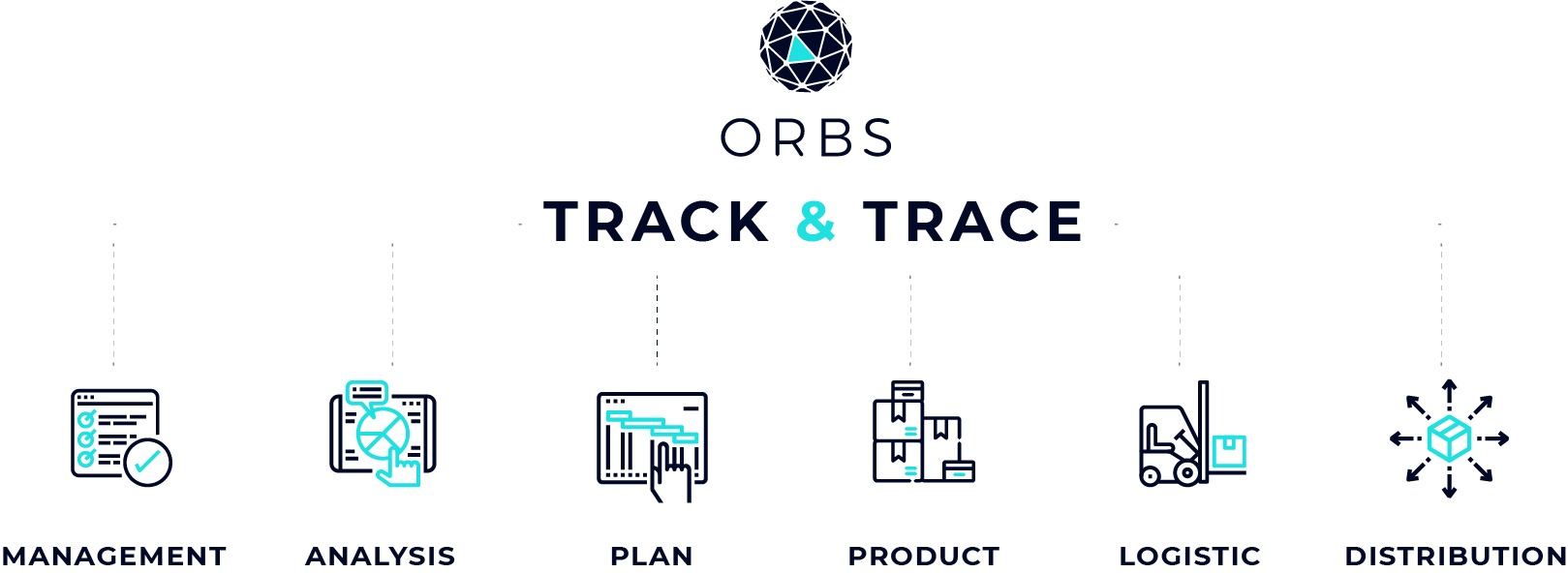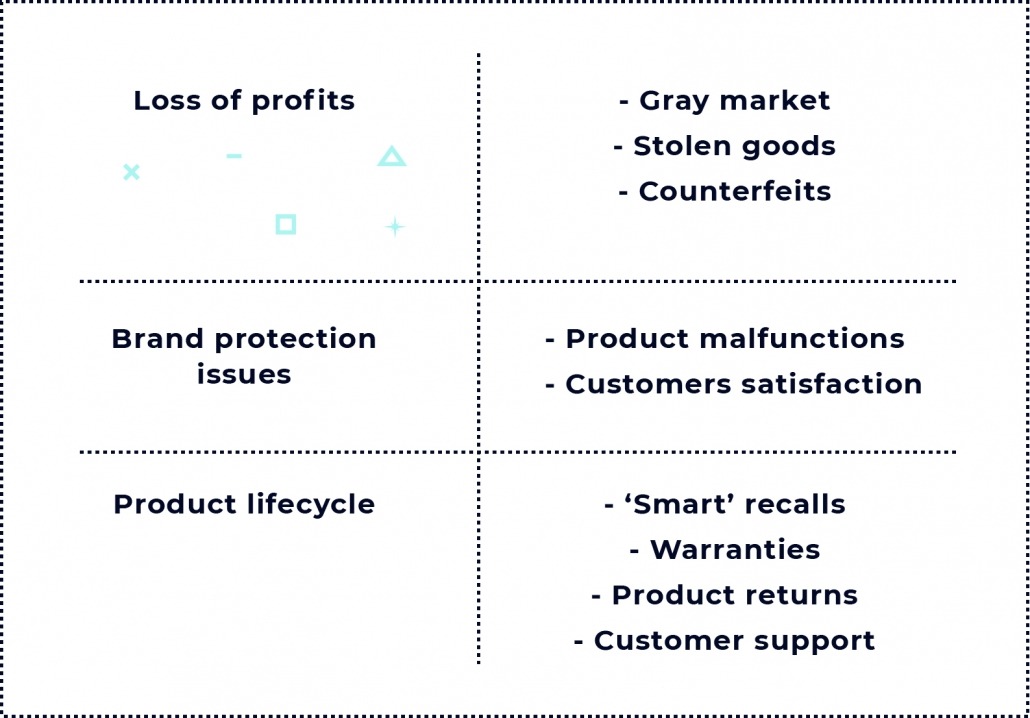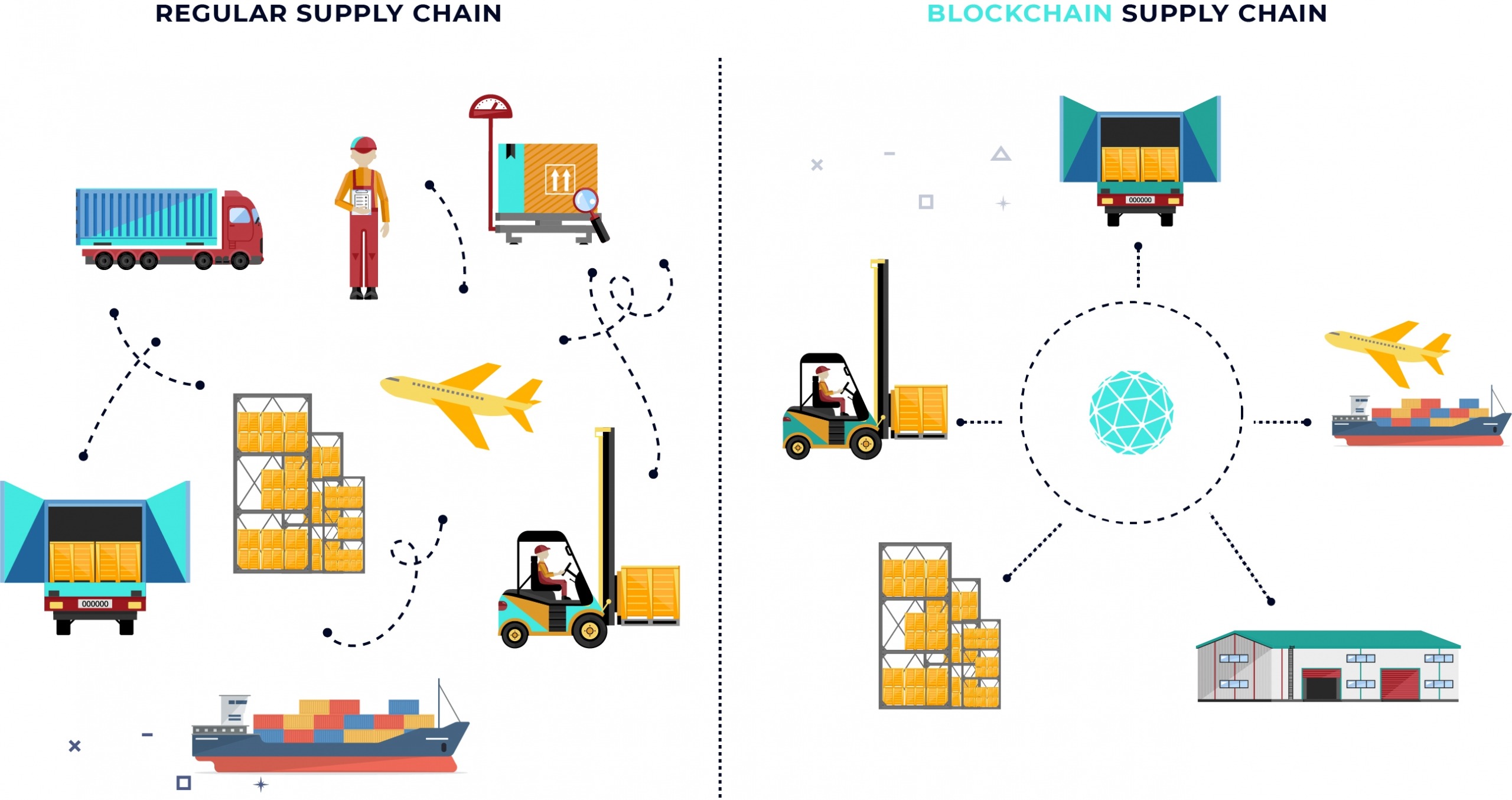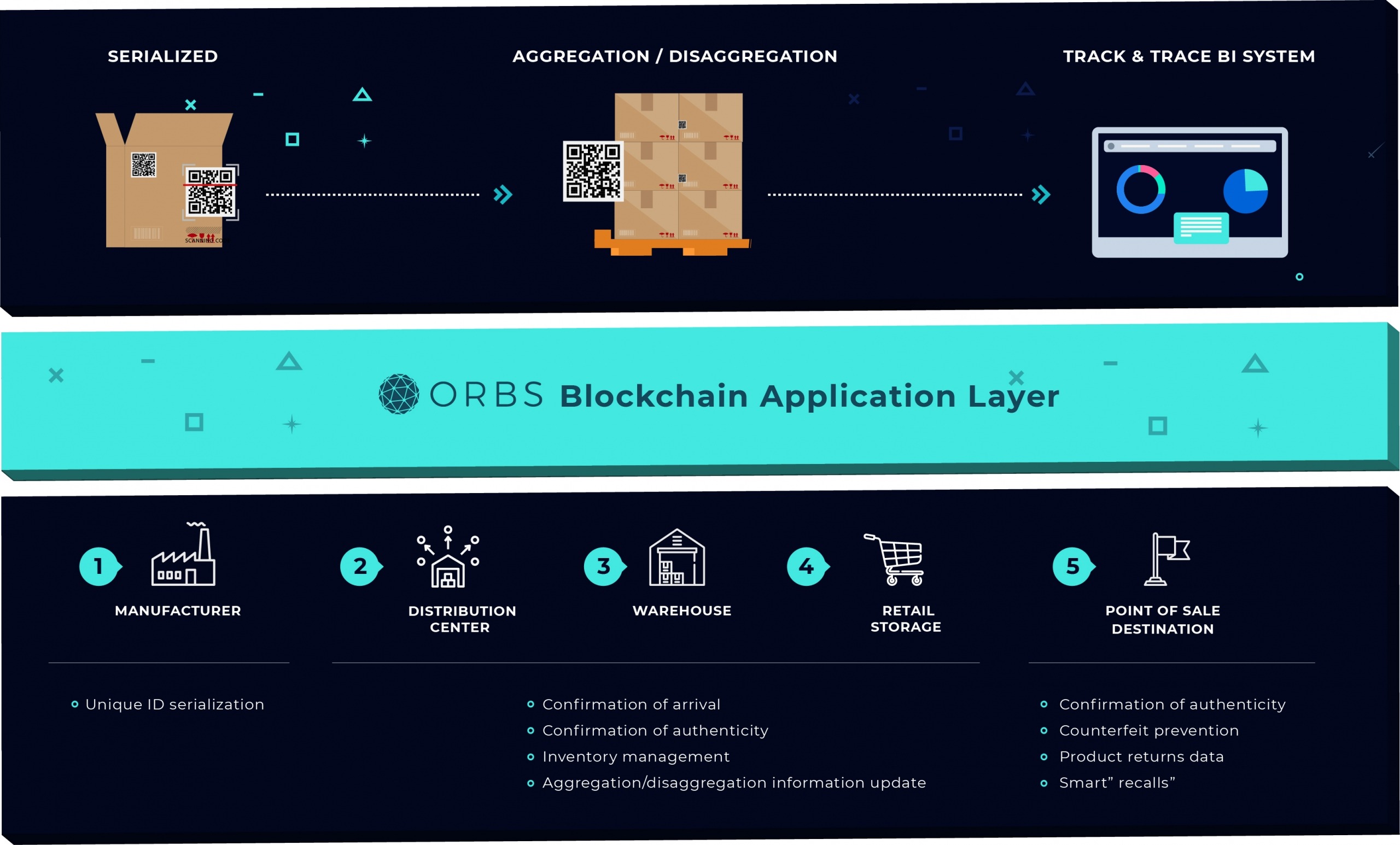



As the world has gotten flatter and supply chains have gotten ever more complex, the need for companies to follow best practices in global supply chain management has intensified. Global manufacturing and shipping firms, face a growing problem managing their supply chain logistics, to the point that it has become increasingly difficult to track where their products end up.
For most manufacturing firms, the end of their span of interest is usually up until the point when the product leaves the factory. As it turns out, these manufacturers have very little knowledge about what happens to their products once they leave their factories, through their supply chain and all the way to the consumers.
In this post, we’ll demonstrate why a public blockchain is the optimal technological solution for track & trace use-case.
In the recent decade, challenges in the global market supply-demand that companies know more and more about their products’ journey all the way to the end-user. Wholesale companies that neglect the distribution and supply chain aspect of their operation, face real pain-points in several major areas, like these:

These problems are not unique to any specific company but are well-known throughout the entire industry. For instance, Nike recently decided to sever its relationship with Amazon due to the latter’s inability to quell competition from counterfeits. Similarly, product recalls are becoming more and more frequent and can incur huge losses. Having the ability to act swiftly and carry out an effective, or “smart”, recall can make a huge difference when dealing with such a crisis.
In light of all of the above, the Orbs team was approached by several enterprises with a request to offer a possible solution. Orbs Ltd. presented its track & trace solution built on the Orbs blockchain, which can be separated into 2 main parts:
The first part of the solution included a unique identifier for each end-product package, such as a QR code or an RFID tag. This identifier will be scanned through every stage of the supply chain process, from the factory floor all the way to the point of sale. In this way, the company would have an event record that tracks their entire inventory of products throughout their supply chain.
The second part of the solution is a robust analytics platform that constantly analyzes this data and visualizes the information. This back-office tool informs the company in real-time on any irregularities and risks that can occur during the supply chain process.
For example, a product destined to be sold in Bangladesh and two weeks later shows up in a mixing center in Germany, will immediately raise an alarm that something has gone wrong in their supply chain. The system would allow the company to track the shipment route of the product and verify what happened.
Together, a unique identifier coupled with a robust analysis platform makes a substantial improvement over existing track and trace methods.
Blockchain technology is best used when there’s a need to facilitate trust guarantees between multiple entities.
At first glance, in our case, it’s not easy to identify where that trust is required as we are dealing with a single company with the aim of optimizing a logistic process. Can this not be achieved on a centralized database?
The reality is that it could not.
The reason is that in order to follow the product distribution network, the company needed the support and cooperation of multiple suppliers and partners - carriers, distributors, wholesalers, retailers. These 3rd parties are justifiably reluctant to implement such a system since if each and every brand establishes a system of its own, these partners would be overwhelmed by an impossible jungle of systems. The utilization of a Blockchain-based event ledger enables the establishment of a single messaging layer not owned by any individual brand.
A blockchain-based solution, not owned and controlled by a single entity, allows the different market competitors to cooperate without the fear of giving up control over their data and who they share it with. Moreover, it allows for easy integration of the solution to the various supply chain partners (logistic providers, retailers, etc.). This design allows each stakeholder in the system to gain from the solution and to facilitate the formation of a single standard, versus the fragmented and chaotic current state of affairs.

Private blockchains, such as IBM Hyperledger, also offer supply chain management solutions. However, they lack the ability to offer multiple partners with guarantees of inclusiveness, fairness, and best economic value. As we argue in this article, we believe that in the long run, the future will favor public blockchain-based solutions because of reasons such as guarantees, interoperability, permissionless open protocols, and more.
A schematic representation of the Orbs’ solution building blocks is presented in Figure 2:

As can be seen in Figure 2, the basis of the solution is a messaging platform built on top of the Orbs blockchain, which handles the data coming in from the external world. Each entity using the solution can decide the visibility of the data they are contributing to the blockchain and who else can see it. Each participant feeds the data available to him into an analysis tool that visualizes the information and alerts in case of suspicious activity. This part is a proprietary solution for each player, based on their goals and targets.
This design allows each partner in the supply chain to interact with the system to his benefits -
As discussed above, companies who do not employ track & trace solutions to their supply chains may be exposed to certain risks such as loss of profitability and brand protection issues. Up to date, there has been no efficient solution to solve this issue. The emergence of new blockchain-based solutions can help turn this reality around.
A working solution can bring immediate benefits to any company in the following areas:
In the last couple of months, the Orbs team has been working to design a track & trace solution built on top of the Orbs blockchain. In this short timeframe, Orbs has managed to design and build a working pilot, ready to go into the next level of production.
The Orbs team is very excited about this particular use-case and its potential to on-board enterprise users onto the Orbs network.
We will continue to update on the progress, stay tuned!
···
If you want to learn more about how blockchain technology could help your company better track & trace its supply chain, reach out today; we’ll be happy to explore the best solution to fit your needs.
For more updates, follow Orbs on Twitter! As always, Orbs team members are available for any and all questions in the Official Telegram group, so come introduce yourself!
···
We use cookies to ensure that we give you the best experience on our website. By continuing to use our site, you accept our cookie policy.